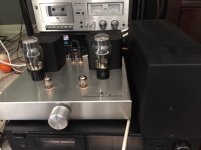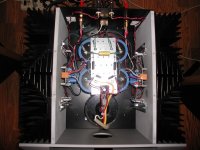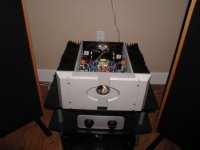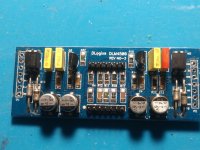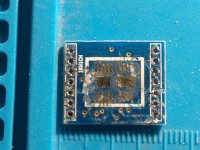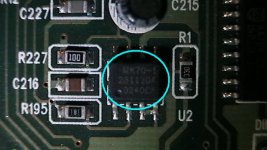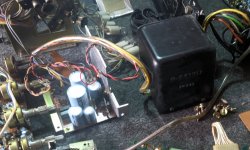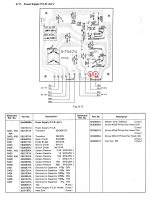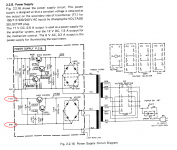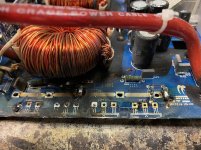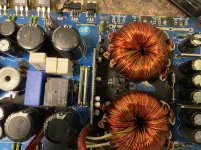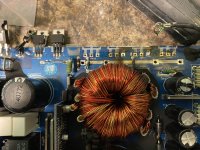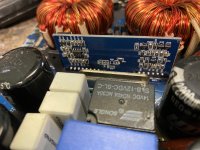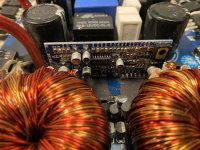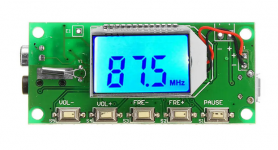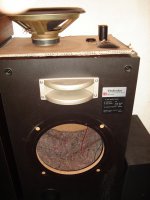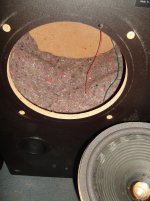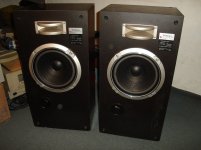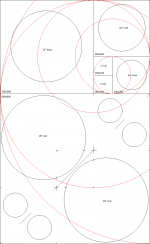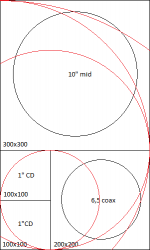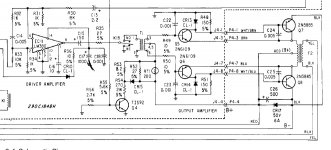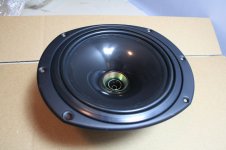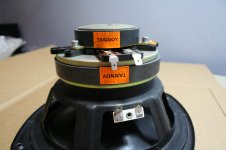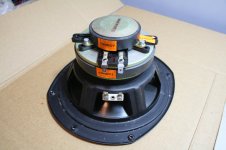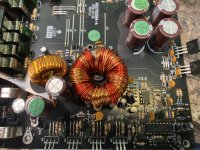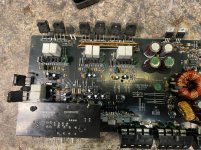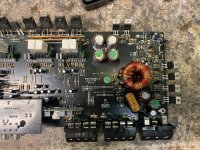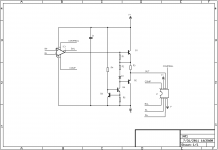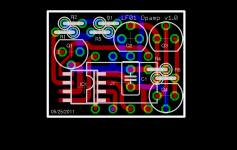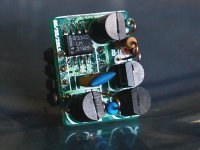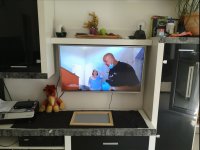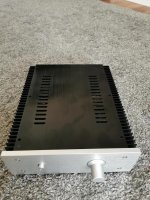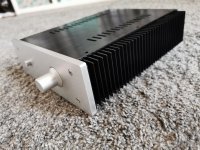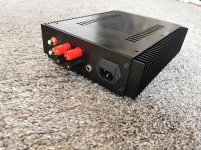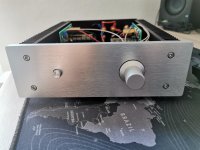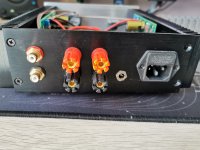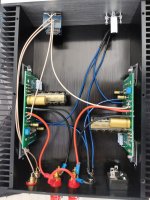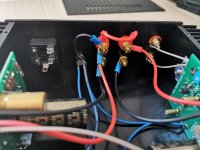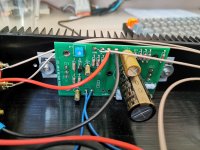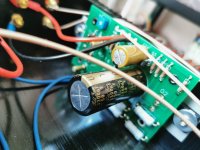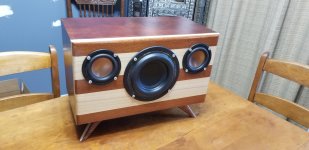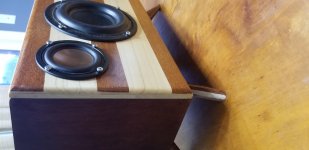Parasound HCA-1000A Fault Indicator Red Light
- By Sean H
- Solid State
- 8 Replies
I have an older Parasound HCA-1000A power amp that has developed an issue where it's red LED "Standby" light is on all the time now but I'm still getting sound. The amp was modified years ago but never exhibited this issue until recently. Typically, when working correctly, when powered up the amp displays the red standby for a few moments while the relays are working and then you can hear a click and the red light goes out and the green LED "Normal" indicator comes on. Here's the weird thing. I noticed that when I disconnect my interconnect from the amp to my preamp the amp does not display the red LED standby light, it actually goes green and I hear the relay click. So, when the amp and preamp are connected with an interconnect I get the red LED Standby light (though I still get sound). It doesn't matter if preamp itself is on or off by the way, it exhibits the issue. I did try another interconnect just in case by the way, made no difference.
Here's a snippet from the Parasound owner's manual:
-------
The Standby LED will also light whenever there is a short circuit or other fault that triggers the protection circuitry. This may indicate that excess DC is present at the amplifier's input, a speaker impedance overload, a short circuited speaker line, or possible internal fault. If this LED remains lit, remove power to the amplifier and check all connections. During this time, the protection circuits should automatically reset.
-------
Once again, never had this issue with this amp over the years until recently, suddenly out of the blue. Seems to be related to the RCA inputs and my preamp's output. Since nothing has really changed in my setup is it possible that perhaps it's a relay or maybe even a cap associated with/near a relay is out of spec and and throwing the red LED? Odd thing is I still get sound, the amp's output is not muted in protection mode. I do not get a huge thump when I turn this amp on by the way. Any help would be appreciated, thanks!
Here's a snippet from the Parasound owner's manual:
-------
The Standby LED will also light whenever there is a short circuit or other fault that triggers the protection circuitry. This may indicate that excess DC is present at the amplifier's input, a speaker impedance overload, a short circuited speaker line, or possible internal fault. If this LED remains lit, remove power to the amplifier and check all connections. During this time, the protection circuits should automatically reset.
-------
Once again, never had this issue with this amp over the years until recently, suddenly out of the blue. Seems to be related to the RCA inputs and my preamp's output. Since nothing has really changed in my setup is it possible that perhaps it's a relay or maybe even a cap associated with/near a relay is out of spec and and throwing the red LED? Odd thing is I still get sound, the amp's output is not muted in protection mode. I do not get a huge thump when I turn this amp on by the way. Any help would be appreciated, thanks!
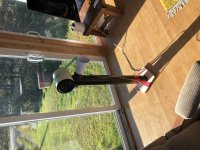
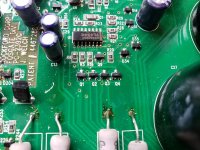
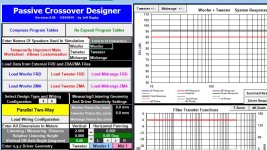

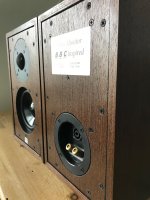
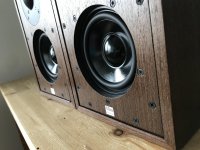
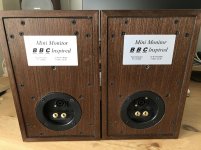
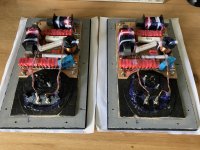
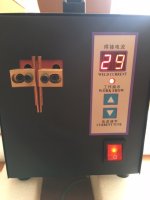
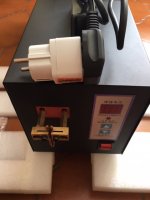

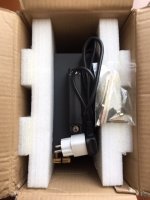
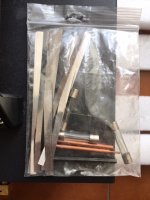
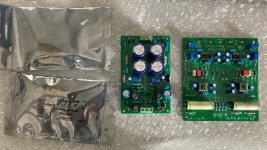
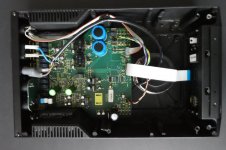
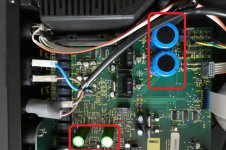
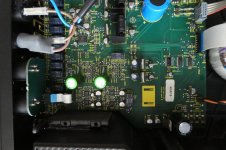
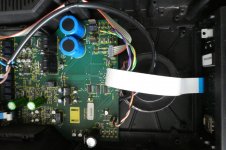


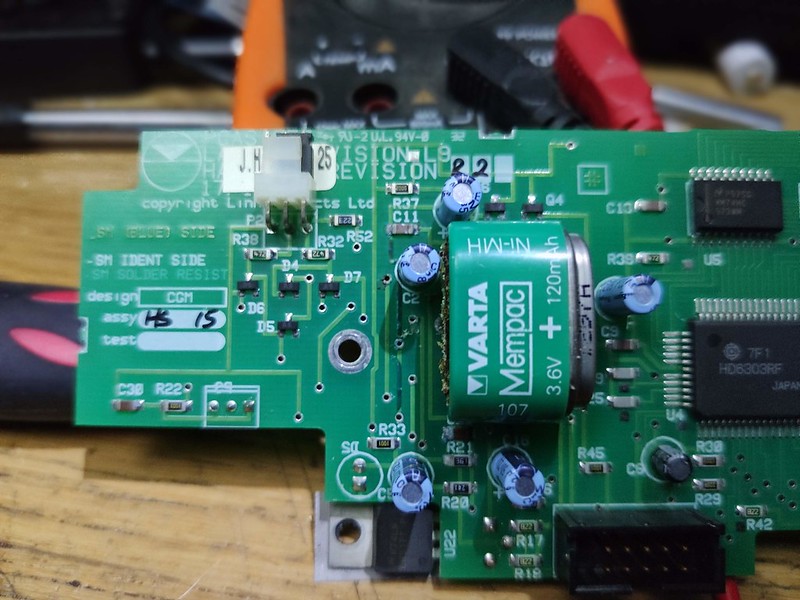
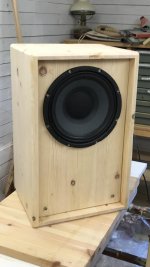
![IMG_4447[1].JPG](/community/data/attachments/807/807864-0bee85d35c4f5a2817a0d6a4f4446a16.jpg?hash=C-6F01xPWi)
